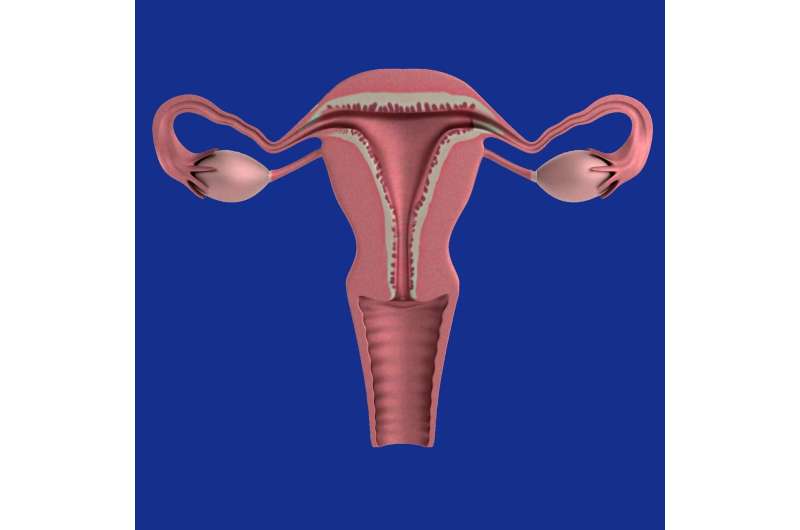Genetic Insight into Beta Cell Identity Loss and Its Role in Type 2 Diabetes Progression

New research uncovers the role of the SMOC1 gene in the transformation of pancreatic beta cells, offering promising targets for diabetes treatment by understanding cellular identity changes in T2D.
Scientists at City of Hope have identified a gene called SMOC1 that significantly influences the development of type 2 diabetes (T2D) by affecting pancreatic cell identity. Normally, pancreatic islet cells produce hormones such as insulin, which lowers blood sugar, and glucagon, which raises it. In healthy individuals, beta cells produce insulin effectively, maintaining blood sugar balance. However, in T2D, beta cells often malfunction, losing their ability to produce insulin and instead starting to behave like alpha cells that increase blood sugar levels.
Using advanced RNA sequencing techniques, researchers analyzed individual islet cells from 26 donors—half with T2D and half without. They discovered that in diabetic conditions, beta cells tend to convert into alpha-like cells, losing their distinct identity. Notably, they identified an intermediate cell group—'AB cells'—that can produce both insulin and glucagon, highlighting cellular flexibility.
A key finding was the role of the gene SMOC1, which was active in the transition from beta to alpha cells. In healthy cells, SMOC1 resides mainly in alpha cells, but in diabetic beta cells, it appears inappropriately, leading to reduced insulin production, slowed beta cell gene activity, and acquisition of alpha cell traits. This misexpression contributes to the decline of insulin levels and the increase of glucagon in T2D, worsening blood sugar control.
Dr. Adolfo Garcia-Ocaña explained that SMOC1's aberrant activity drives beta cell dysfunction and their shift towards an alpha-like phenotype, providing insights into T2D progression. The protein encoded by SMOC1 interacts with growth factors and calcium, which are crucial for tissue development and insulin release. Its abnormal expression could be a promising target for diagnostics and therapy.
The research opens new avenues for potential interventions, including using SMOC1 as a biomarker for beta cell health, designing therapies to inhibit its activity, or reprogramming cells to restore insulin production. Future studies will focus on understanding how SMOC1 expression is regulated in beta cells and exploring agents that can block its harmful effects.
These findings deepen our understanding of cellular changes in T2D and pave the way for innovative treatments aimed at preserving or restoring beta cell function, ultimately improving blood sugar regulation in affected individuals.
Source: https://medicalxpress.com/news/2025-10-gene-linked-beta-cell-identity.html
Stay Updated with Mia's Feed
Get the latest health & wellness insights delivered straight to your inbox.
Related Articles
Addressing the Long-Term Cardiovascular Effects of COVID-19
A new European report offers practical strategies to prevent and manage the long-term cardiovascular effects of COVID-19, emphasizing diagnosis, rehabilitation, and vaccination to protect heart health.
Study Reveals Strong Connection Between Street Sweeps, Overdose, and Systemic Harm
A recent study uncovers the harmful impact of street sweeps on homeless individuals, linking belongings confiscation to increased overdose risks, violence, and barriers to essential services in Vancouver.
Breakthrough Study Uncovers Early Indicators of Ovarian Cancer Risk
Researchers at Mayo Clinic have identified early cellular changes in the fallopian tubes that may signal the risk of developing ovarian cancer, paving the way for improved early detection and prevention methods.
Chronic Cellular Stress and Its Impact on Gut Microbiome in Cancer Development
Chronic cellular stress activates specific proteins in the gut, altering the microbiome toward a cancer-promoting state. Discover how lipid metabolism changes influence bacterial growth and cancer risk.



